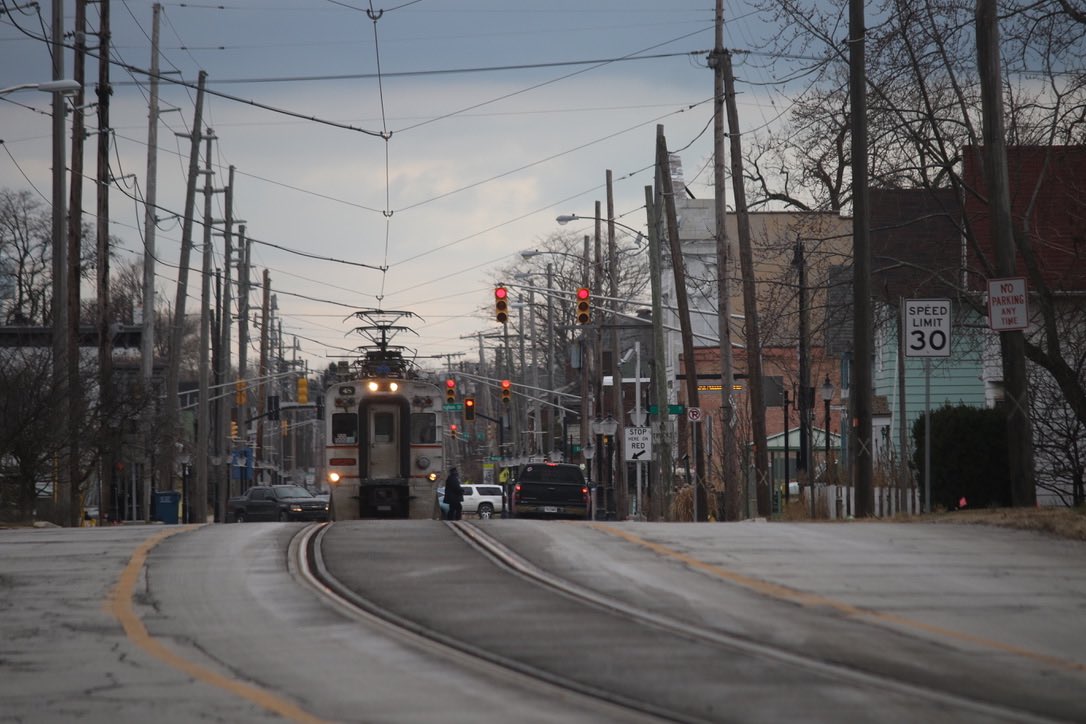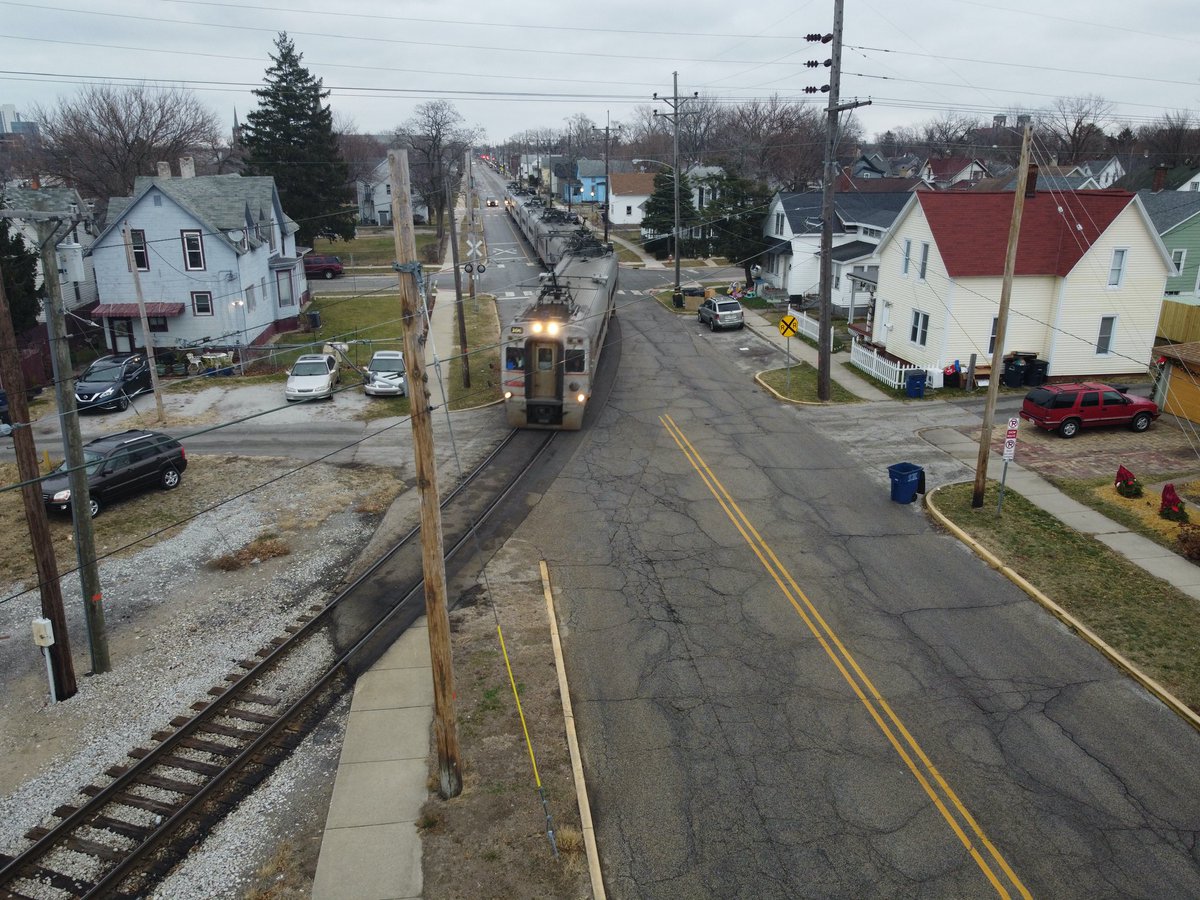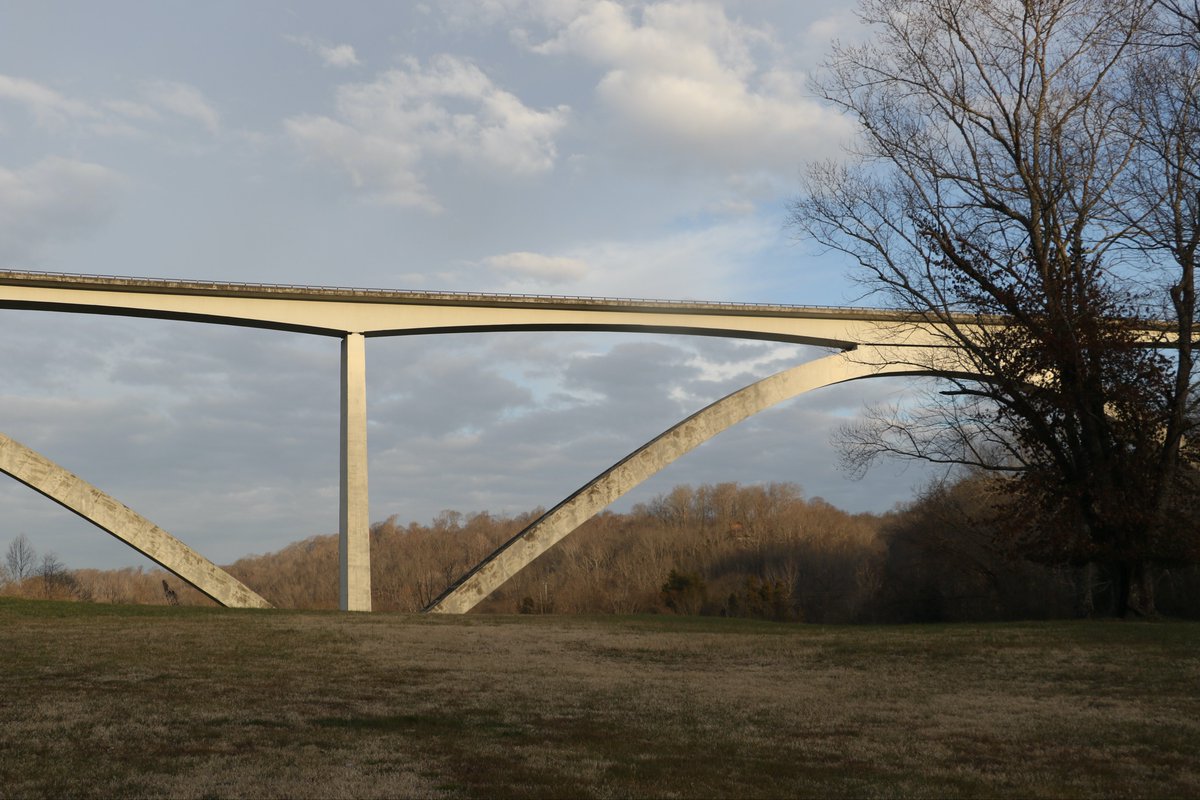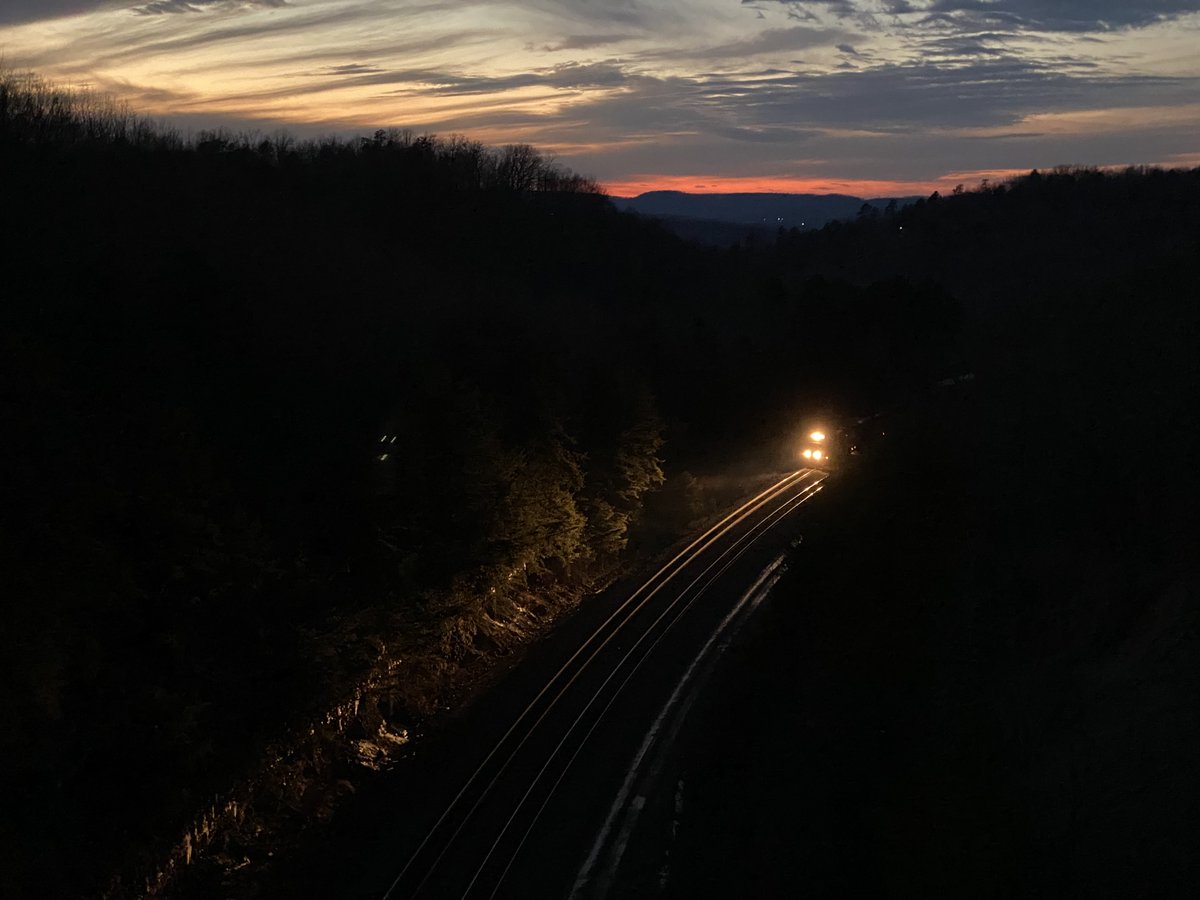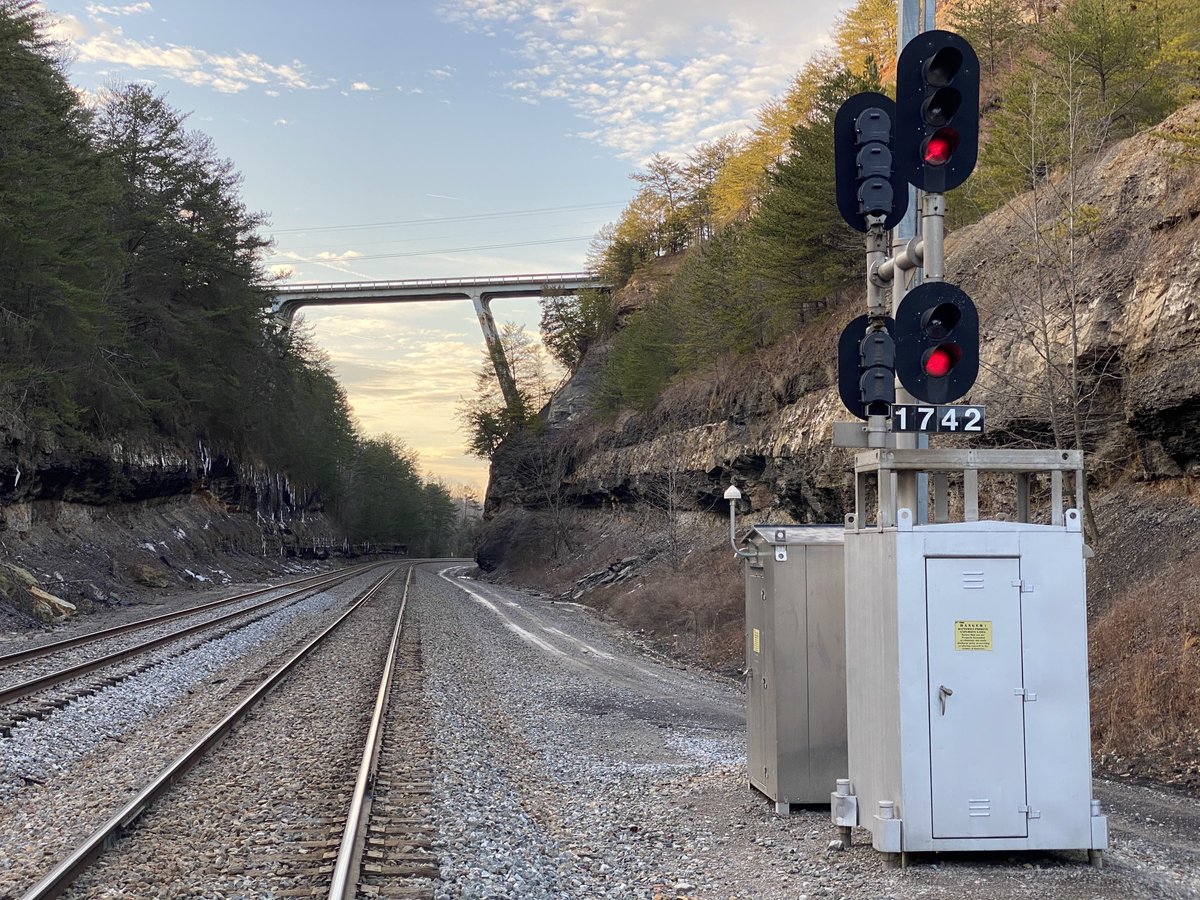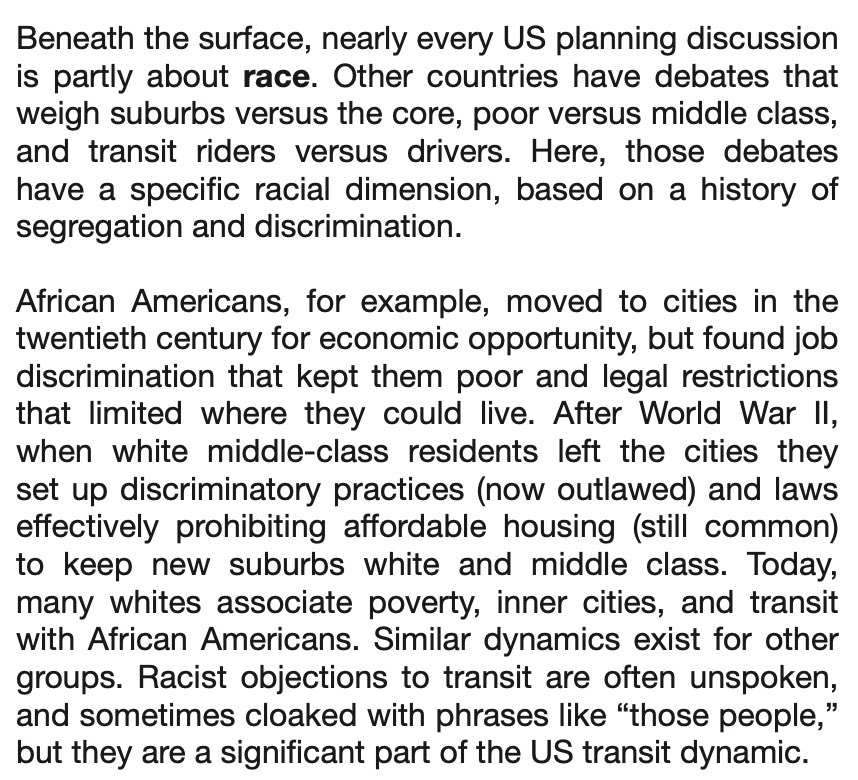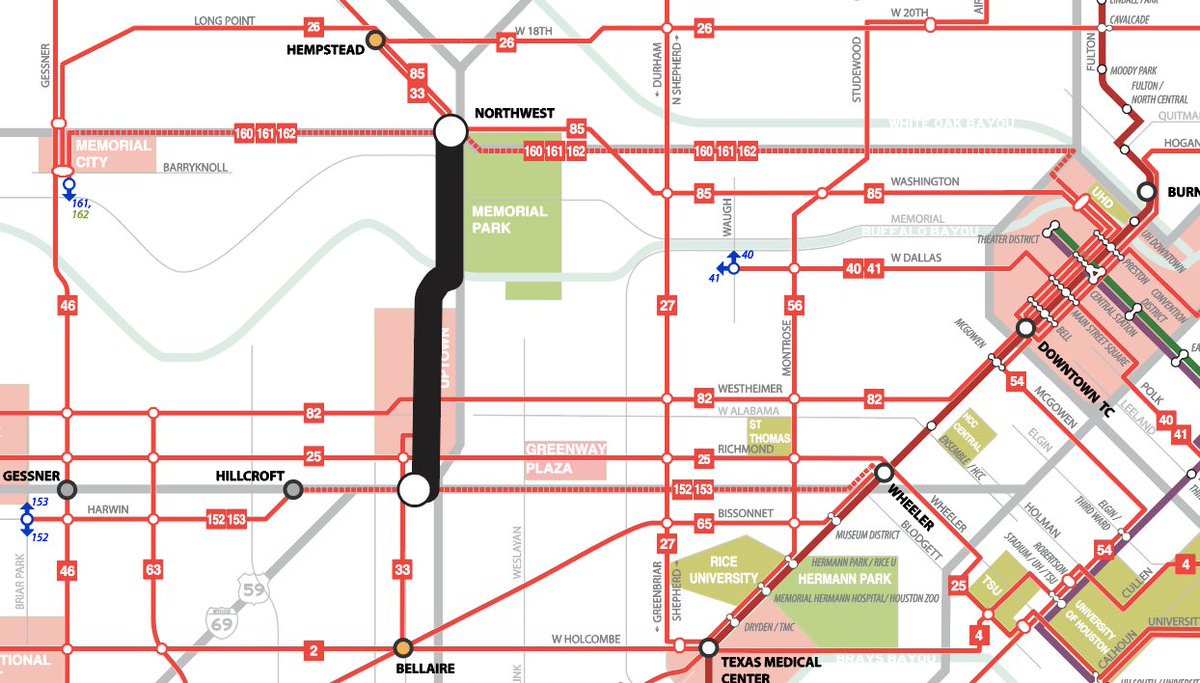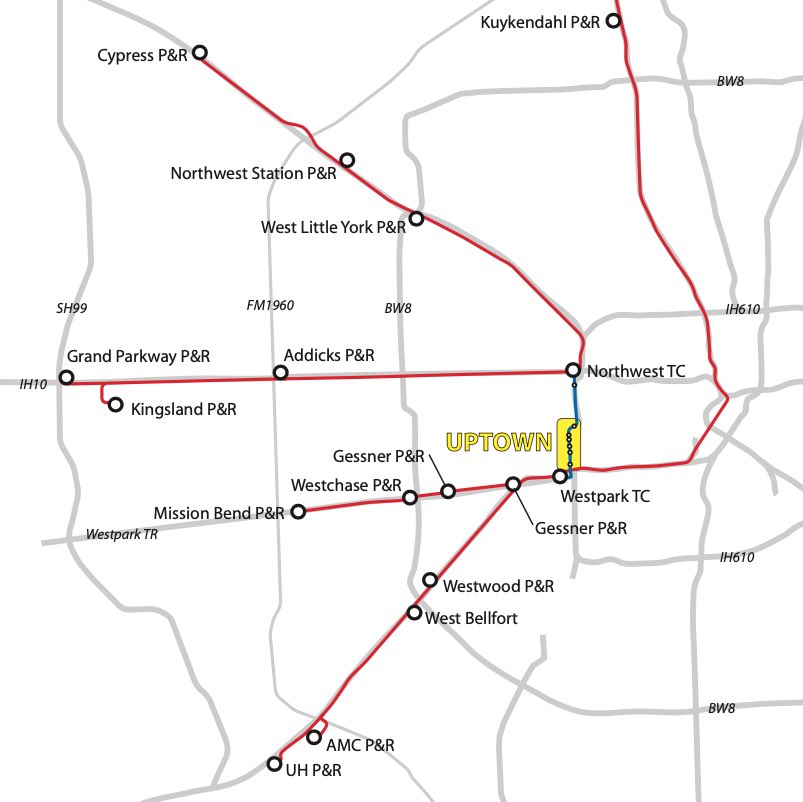
A westbound South Shore Line train passes through Michigan City, IN, on its way from Chicago (about 60 miles west) to South Bend (about 30 miles east.) 
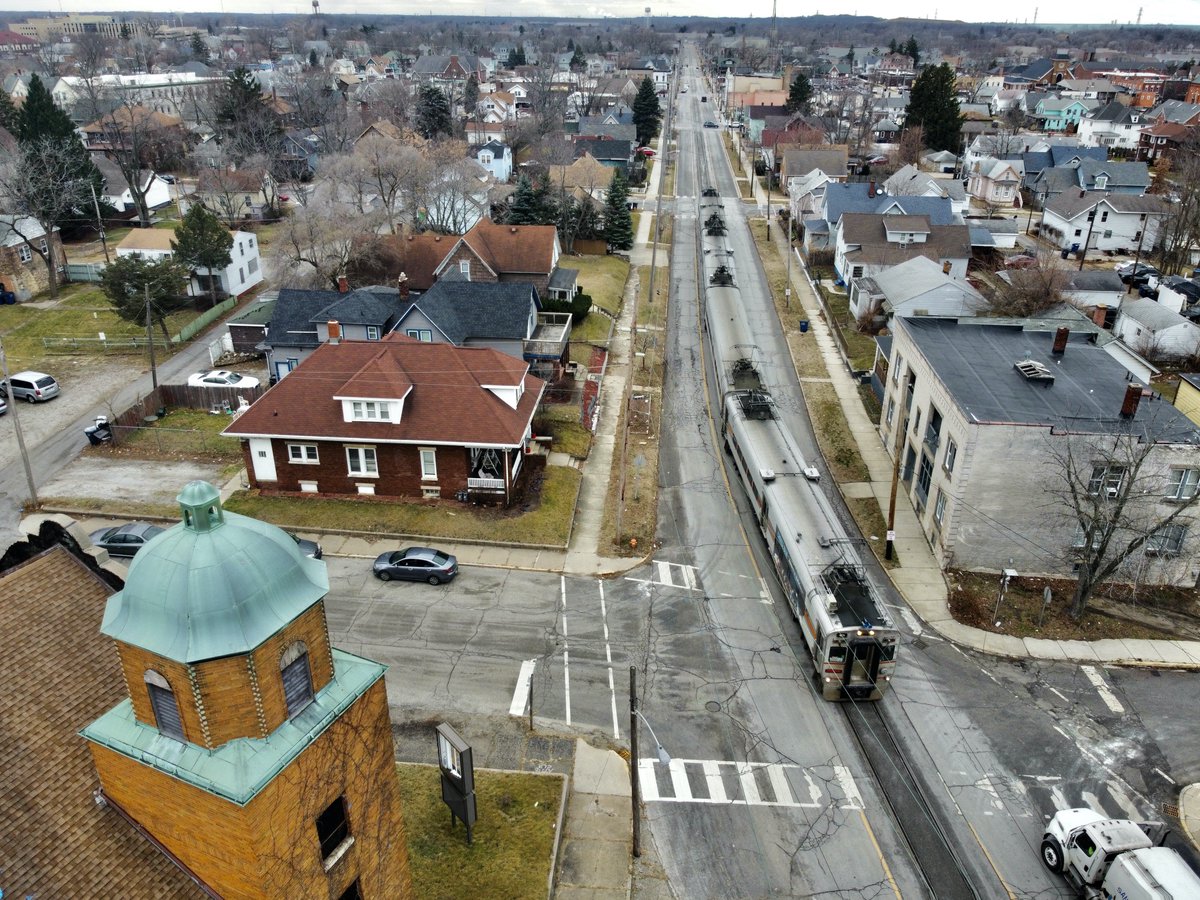
Say “South Shore” and someone will say “Last Interurban!” Interurbans were rail lines that used streetcar technology — short electric trains with self-propelled cars, not locomotives — to connect cities. The US built 15,000 miles of interurban track from about 1900-1920. 
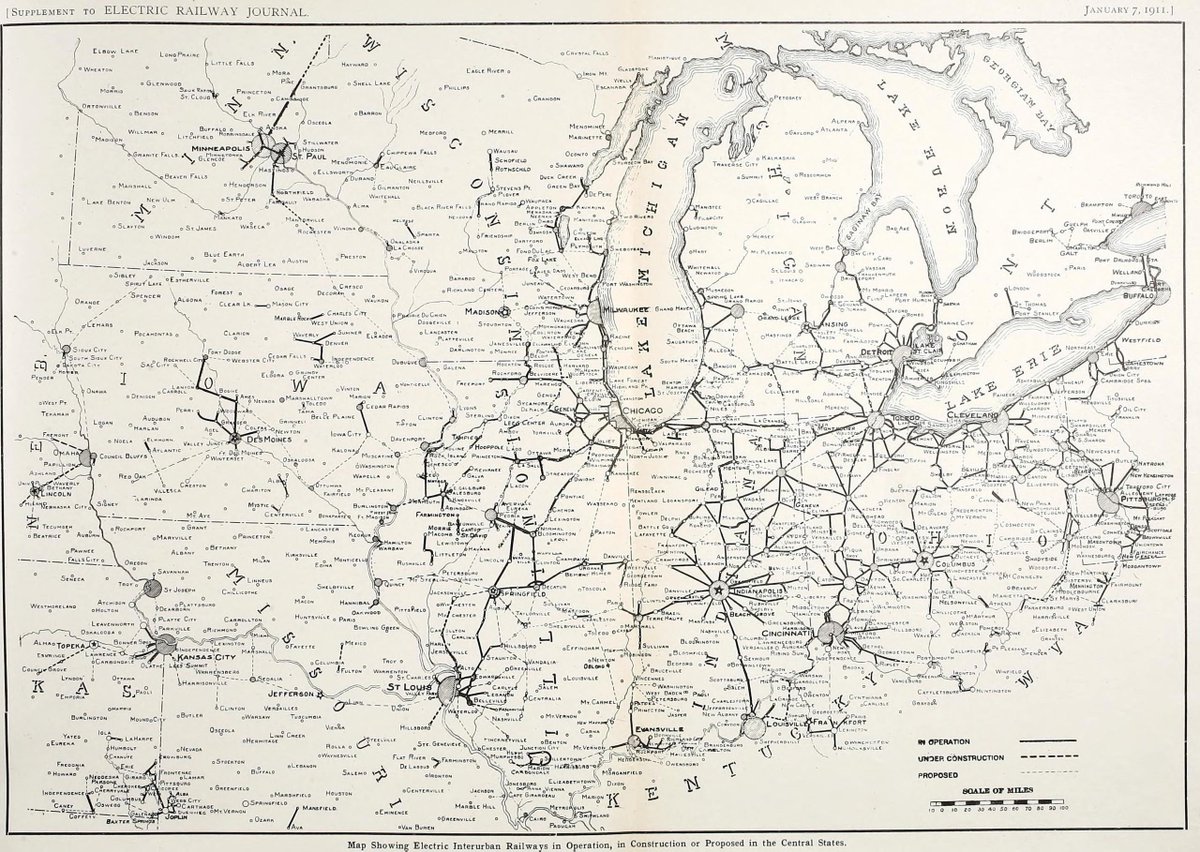
Interurbans were common elsewhere, too: Canada, Central Europe, Japan. (This is the former OEG near Heidelberg, Germany.) 

Interurbans had simple infrastructure than mainline railroads: lighter roadbed/bridges, simpler stations, often single track. And when they got to towns, they often ran down the street: cheaper than acquiring dedicated right of way, central to where people were going. (Kyoto) 
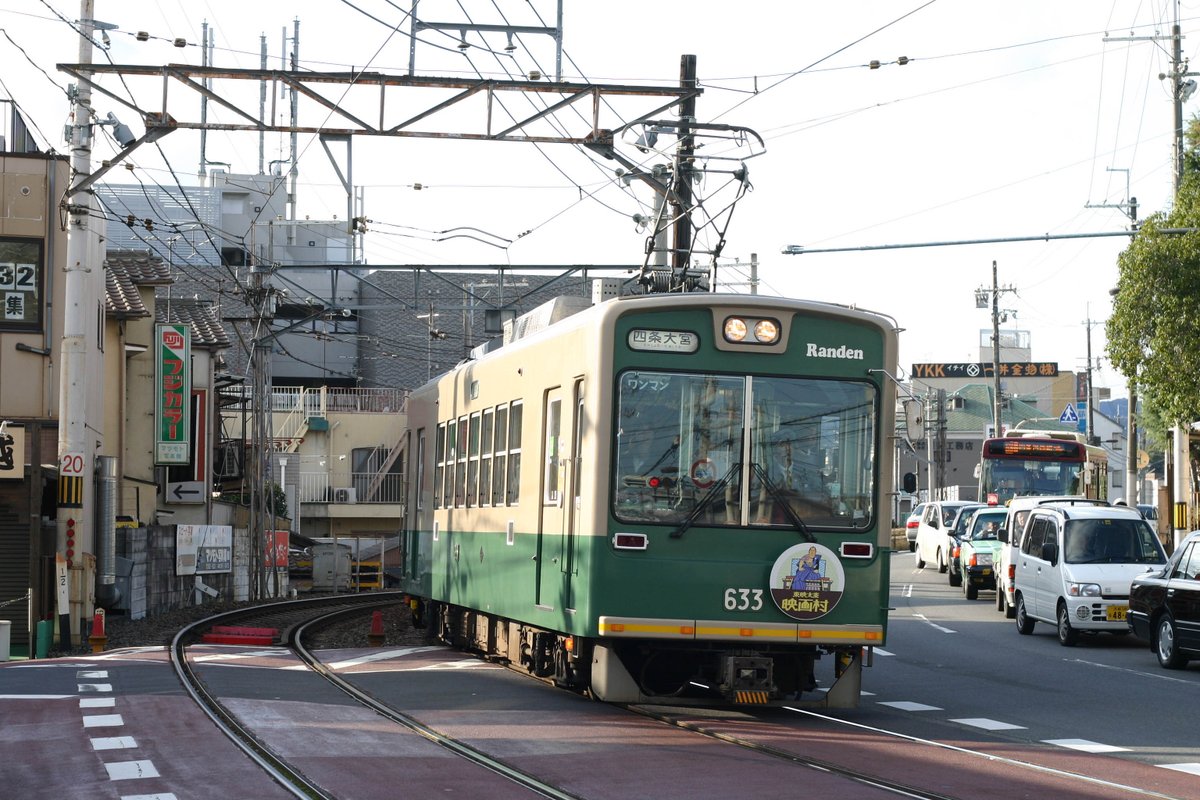
So that’s what the South Shore still does in Michigan City — it runs down residential streets and through downtown. The equipment has been upgraded to commuter rail standards, but the infrastructure is that of a streetcar. 

…and at 11th Street, the downtown station, passengers have to board from a traffic lane. Passengers in wheelchairs can’t get on here. 
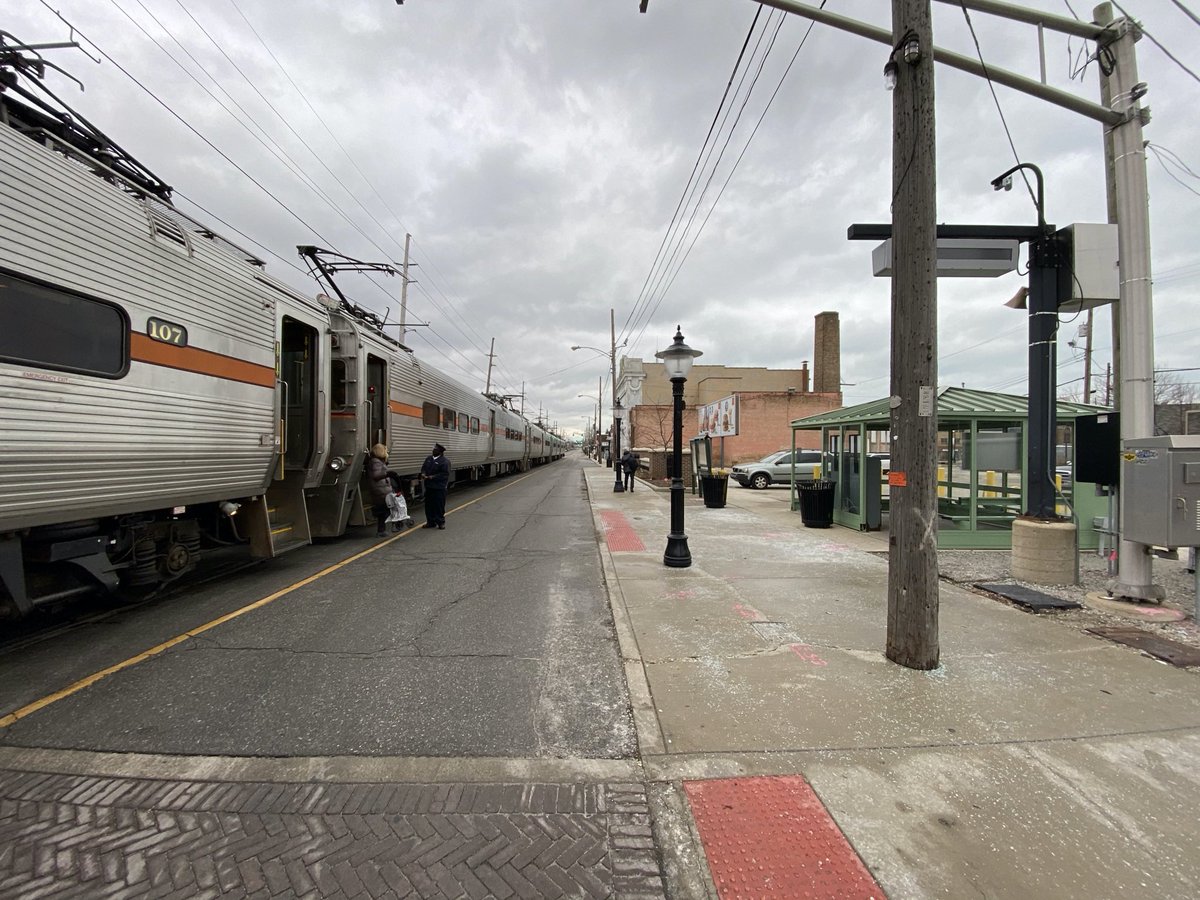
Interurbans typically carried some freight, too, and the South Shore still does, so those trains also rumble down the street. 
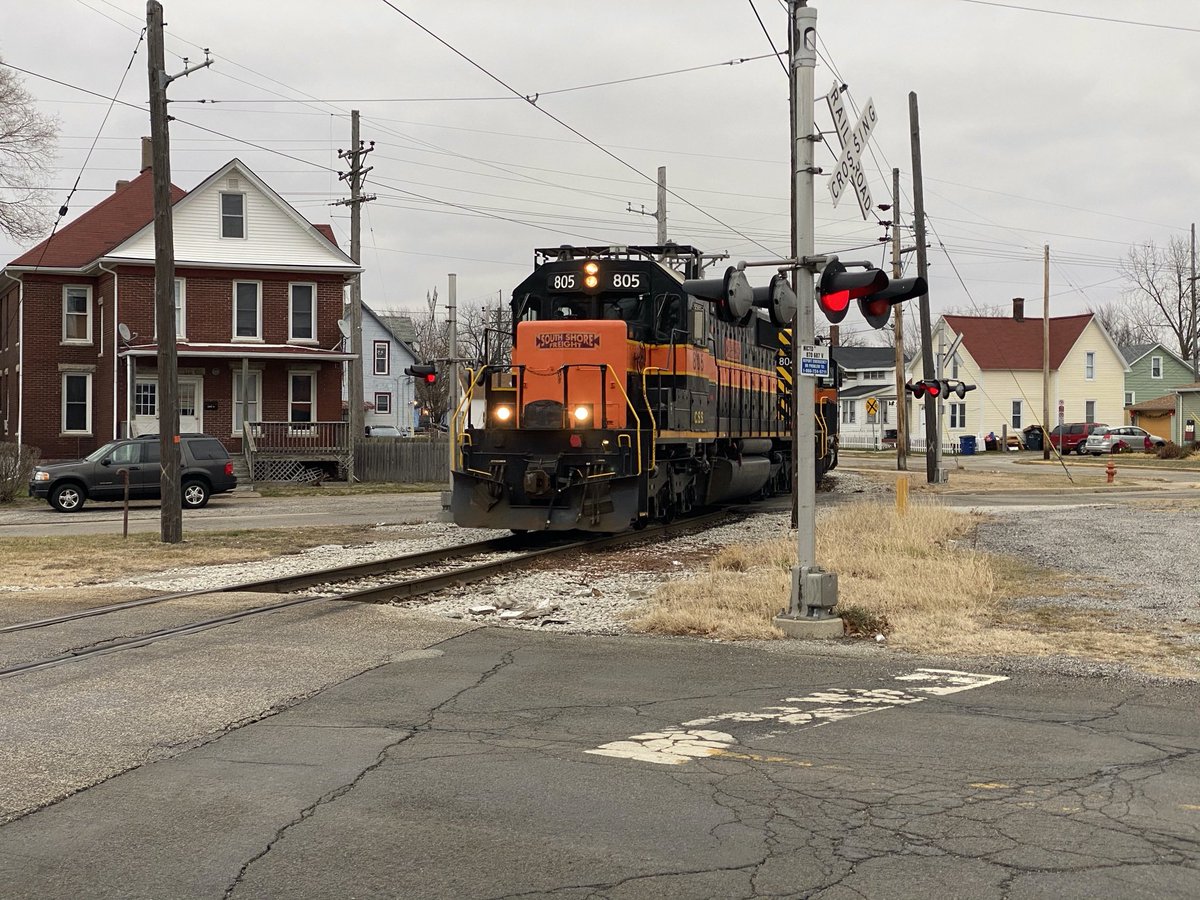
Everything in this scene at Carroll Ave. on the east side of Michigan City — the minimal station, the mix of passengers and freight, the wooden poles — is a throwback. 
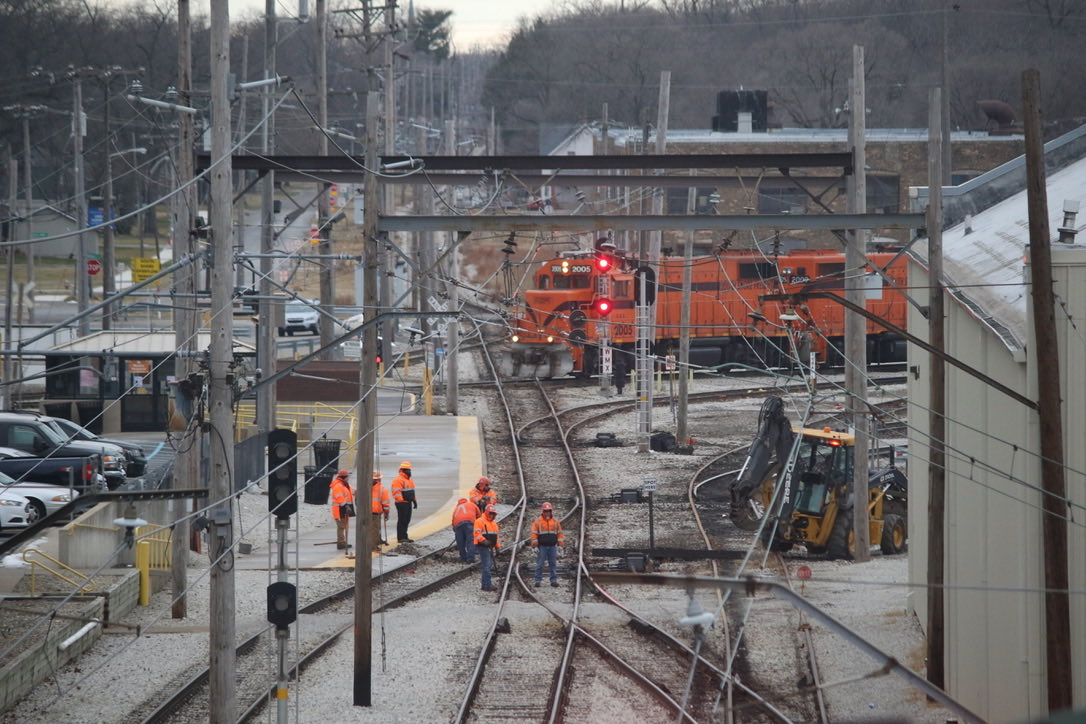
But the South Shore is evolving. Other street running was eliminated over time by moving the line. And now Michigan City is in line. The line will stay roughly where it is, but street lanes and crossings will be closed to give it its own space and build a full station. 
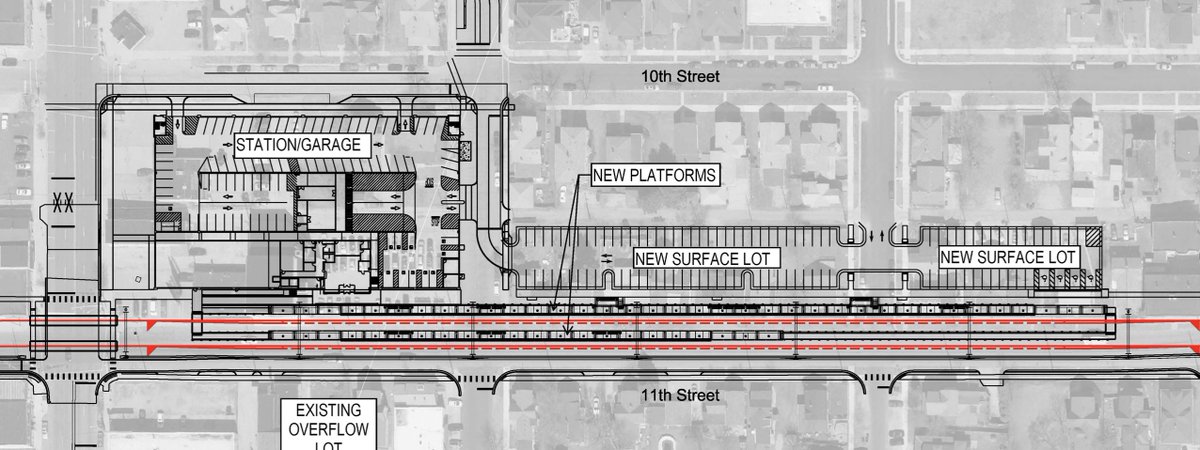
In other places, houses will be torn down, making room to move the tracks out of the street. 26 miles of new second track will create a fully double track line between Michigan City and Chicago. 
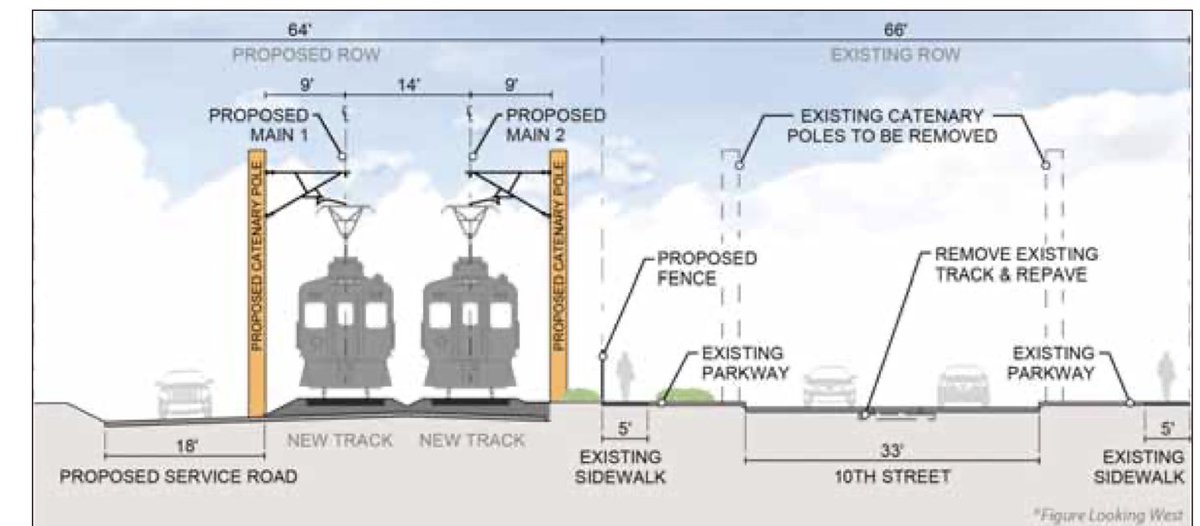
The result: faster trips, more service. (Not nearly enough though — the plan is 75 minute midday headways, which is just silly.) The project just got more FTA funding: transit.dot.gov/about/news/us-… 
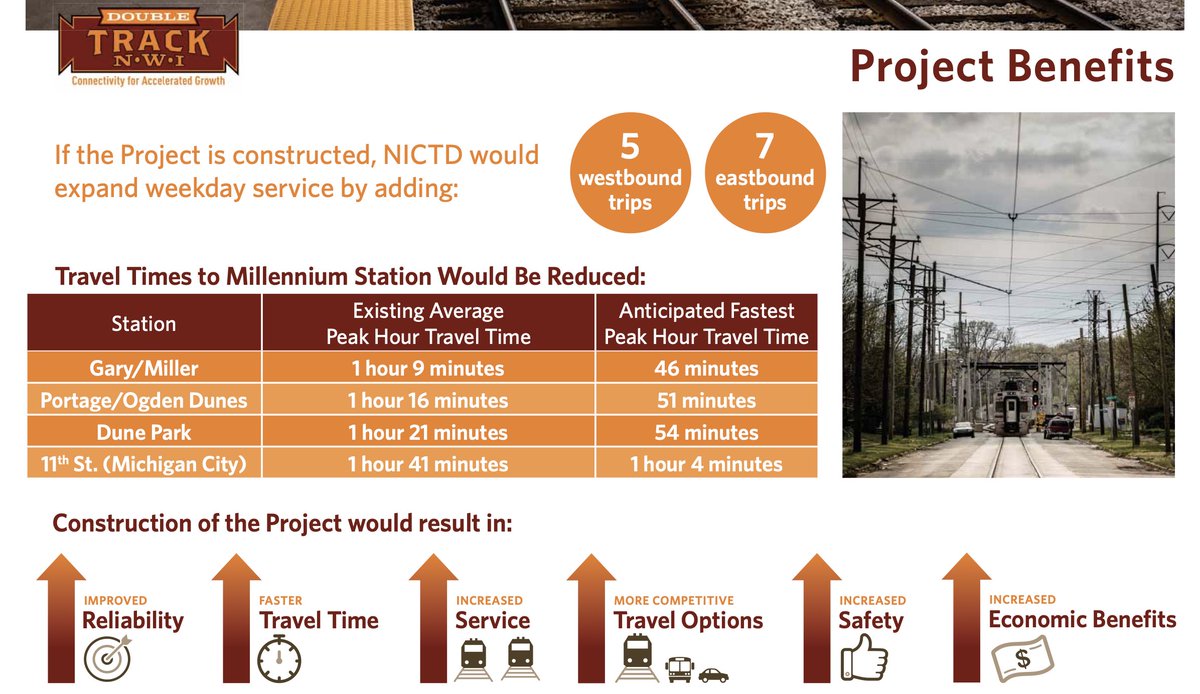
More on the project: doubletrack-nwi.com 

And some good discussion (including a local perspective) here:
https://twitter.com/christofspieler/status/1343766745425850371
• • •
Missing some Tweet in this thread? You can try to
force a refresh
